Make Giving a Part of Your New Year’s Resolutions
If you want to make a difference in 2019, make giving a part of your New Year’s resolutions. Here are some ideas for how you can create resolutions that give back.
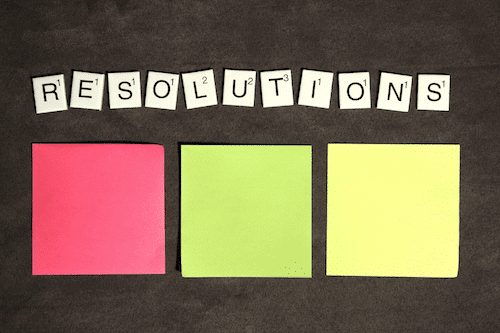
If you want to make a difference in 2019, make giving a part of your New Year’s resolutions. Here are some ideas for how you can create resolutions that give back.
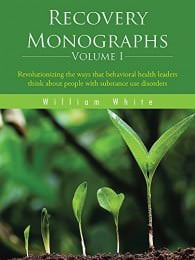
Original Blog Date: March 25, 2016
By the late 1990s, tremendous strides had been achieved in elevating the accessibility and quality of addiction treatment in the U.S., yet leaders in the field were beginning to suggest the need for a radical redesign of addiction treatment—a shift from acute and palliative care models of intervention to models of assertive and sustained recovery management (RM) nested within larger recovery-oriented systems of care (ROSC).
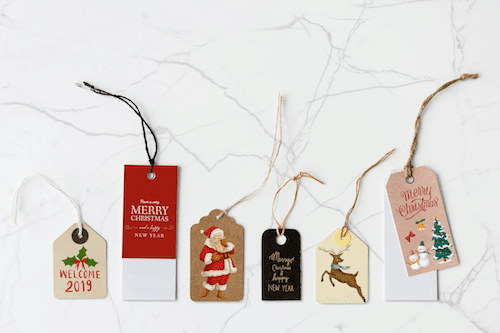
If you live an altruistic lifestyle, you can give back and make someone’s holiday a bit more joyful. Here are six ways you can brighten someone else’s Christmas.
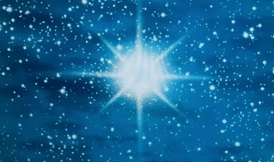
I listen to the radio. The seasonal carols have begun. I Hark!—and sing along. I repeat and repeat the sounding joy. Of course, many stories and carols focus on the news of old, proclaiming, “unto us a child is born.” I recall the words of that grown up child who, it is written, said, “if you don’t believe in me, believe in what I teach.” Of course, the radio also brings snooze news, commercials galore, and talk shows. Beyond the nativity is the negativity.
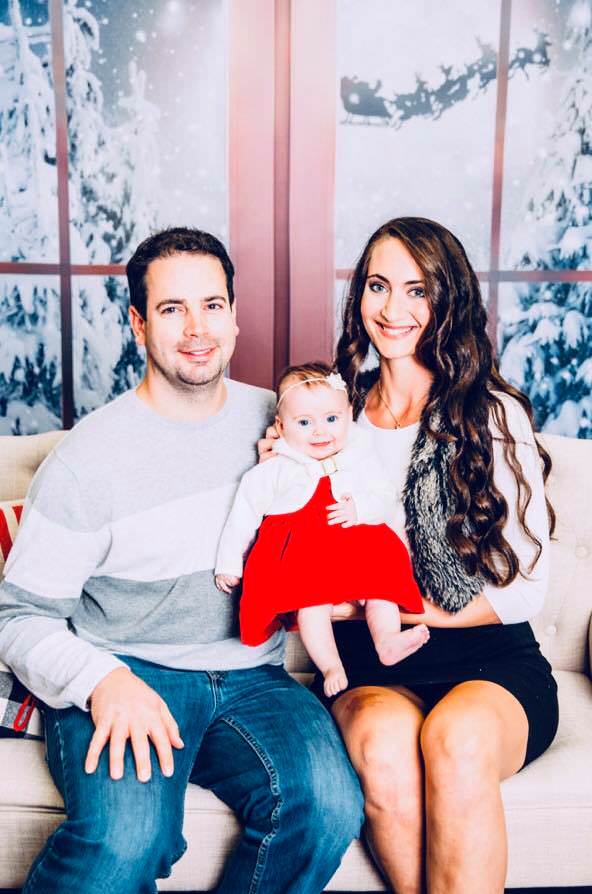
Caroline’s story is one we hear far too often. At the ripe age of 14, Caroline began drinking and smoking marijuana, quickly taking to pain medication. By the age of 17 she was in full blown addiction. Her parents did what they could, sending her to long-term treatment facilities, but Caroline “had no desire to be in recovery…her parents tried to control it and she only stayed because she had to”. Her first treatment experience was in Florida and when she came back to her home state, she picked up that first drink and soon found herself right back in the grips of addiction. After her second go at treatment, Caroline moved home for good, connecting to a three-quarter recovery house, and her journey began.
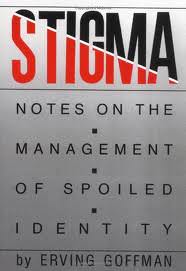
Original Blog Date: August 28, 2013
The suggestion that there are multiple and diverse pathways of long-term addiction recovery has evolved from a heretical statement to a central tenet of an international recovery advocacy movement. As tens of thousands of people representing diverse recovery experiences stand in unison in September’s recovery celebration events, it is perhaps time to explore and then put aside past divisions within and between communities of recovery.
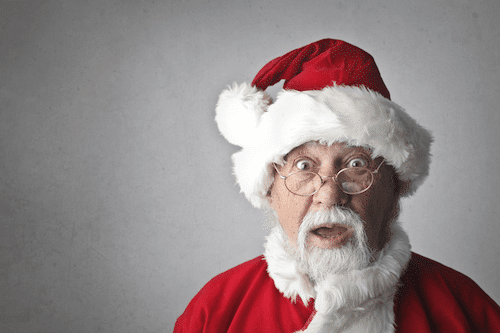
As you prepare for all of the gifts, parties and dinners headed your way this season, here are some ideas for how to decrease stress during the holidays.
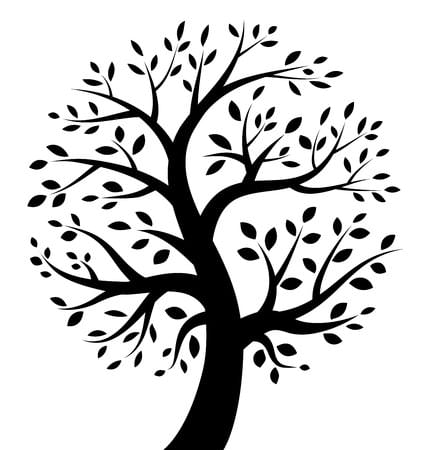
Original Blog Date: December 15, 2017
Knowledge about the effects of addiction on families and the family recovery process has grown exponentially as a result of scientific studies and cumulative clinical experience. Among the most important conclusions to date that can be drawn from this body of knowledge are the following.
1. Alcohol and other drug (AOD) problems spring from diverse influences; unfold in widely varying patterns of severity, complexity, and duration; and are resolved through multiple pathways and styles of personal and family recovery.
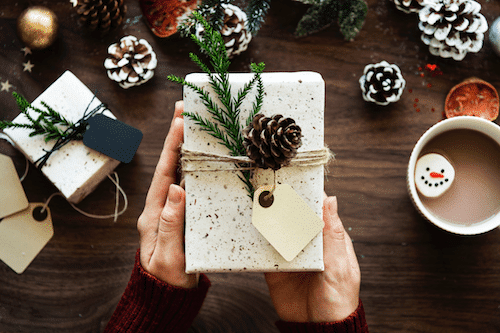
For those of us who are able to give more, this is the perfect opportunity to get involved in the community and help spread the holiday cheer this season.
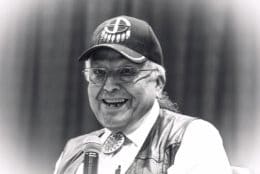
My relationships with White Bison founder Don Coyhis and with the Native American Wellbriety Movement are among the most important influences on my recovery advocacy and recovery research activities. I first met Don in the late 1990s as rumblings of a new addiction recovery advocacy movement in the United States were just beginning. In the years that followed, Don and I had innumerable opportunities to collaborate. We served together on boards of recovery advocacy organizations, shared speaking platforms at national conferences, and co-authored numerous articles and a book on the history of recovery in Native America. Through those years we mentored each other and became endeared friends—brothers of another mother, as is sometimes said.
End of content
End of content
No products in the cart.